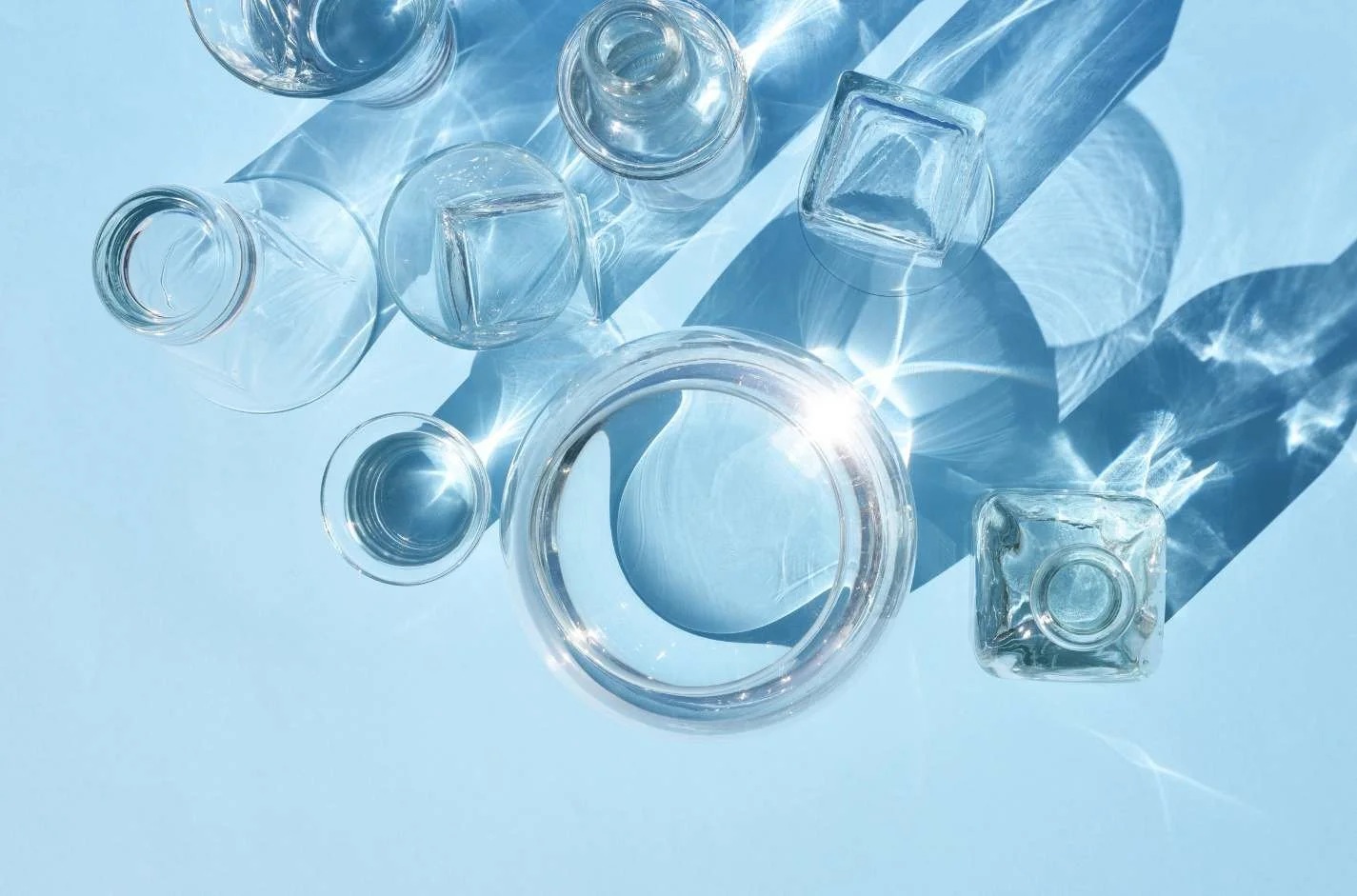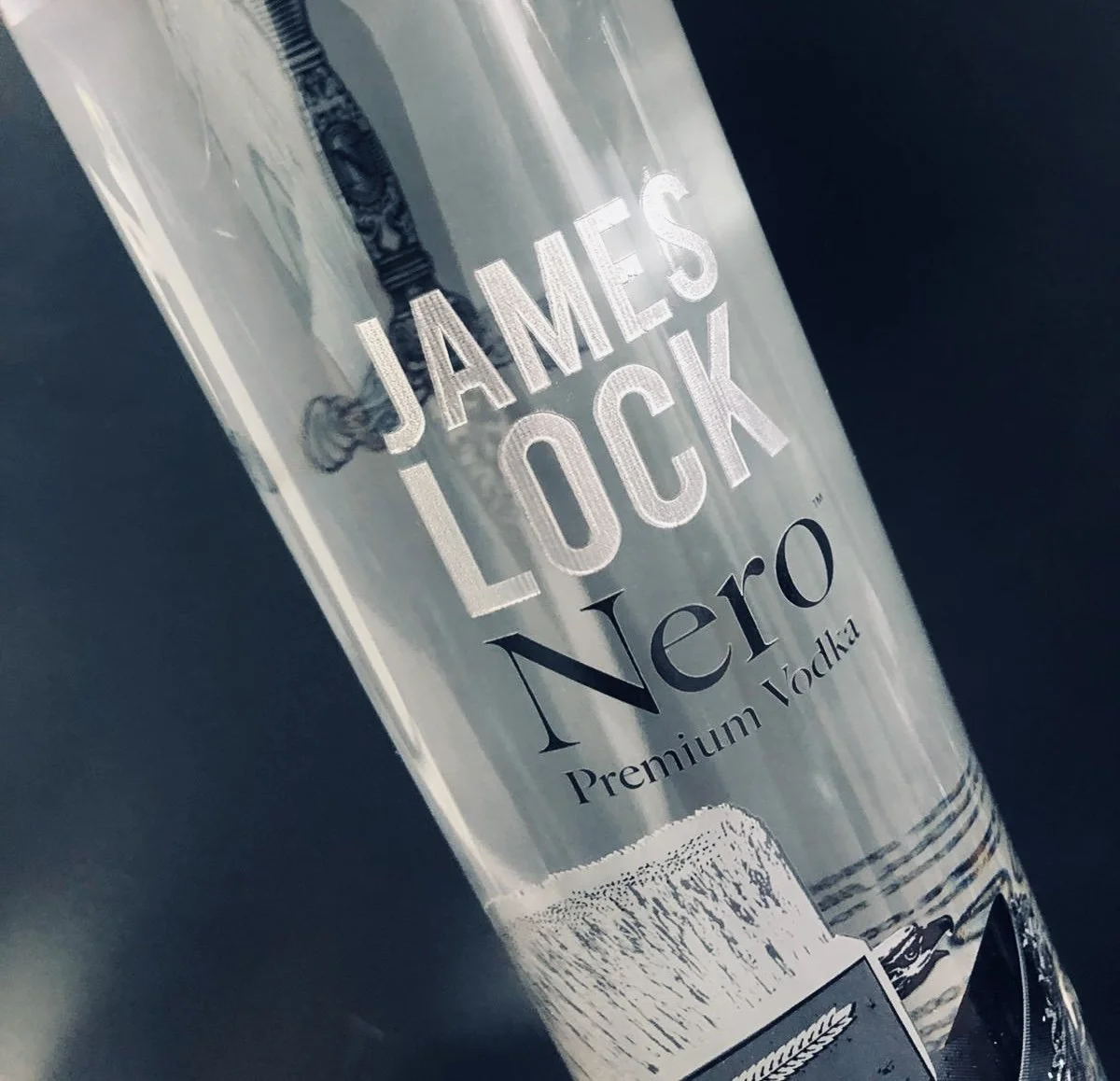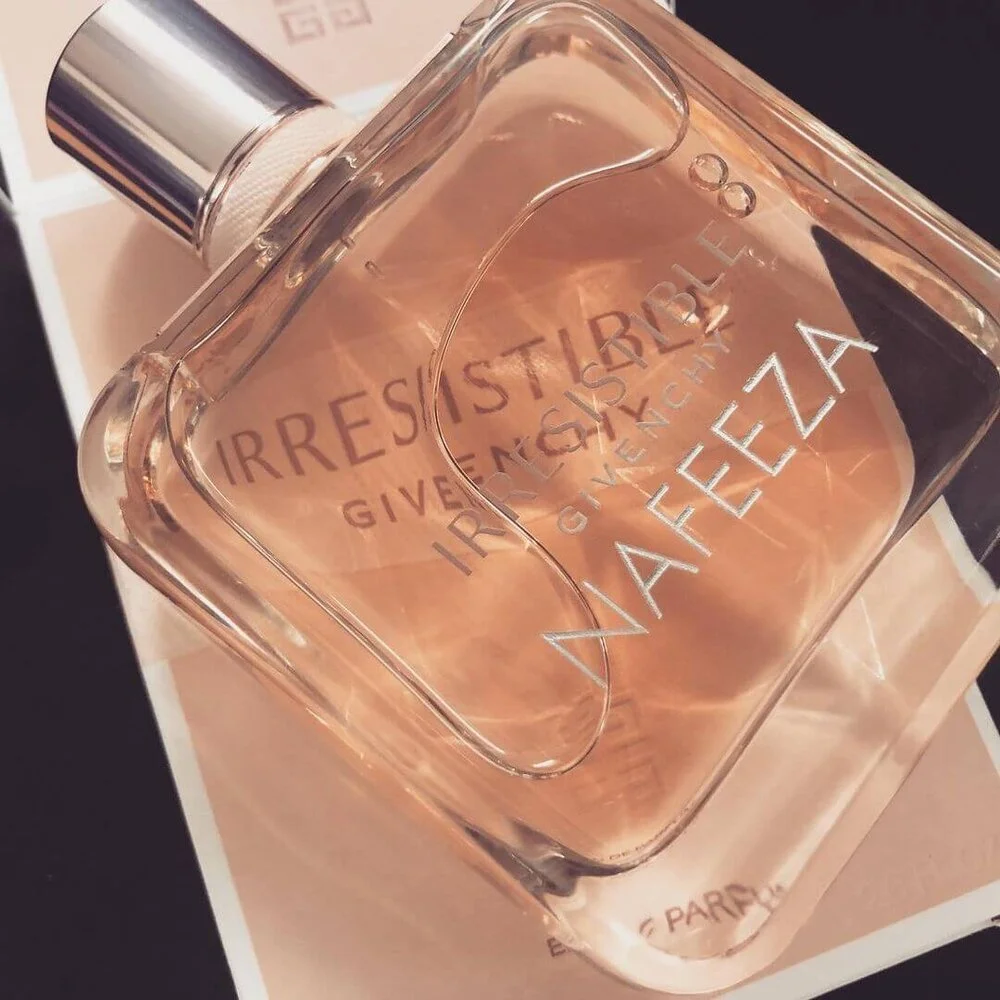Why CO2 Laser Engraving Is the Ultimate Way to Personalise Glassware
Personalising glassware using CO2 laser technology provides unmatched speed, precision, and affordability compared to traditional hand engraving techniques when personalising glassware.
Whether you're curious about the process or seeking inspiration, in this comprehensive guide to glass engraving, we'll explore everything from the different methods to debunking frequently asked questions and delve into popular personalisation options.
What Are the Different Methods of Engraving Glass?
There are several methods of engraving glass, including:
Sandblasting: This method involves using high-pressure air to propel abrasive materials (such as sand or silicon carbide) onto the glass surface, creating a frosted or textured effect.
Diamond Point Engraving: Also known as diamond drag engraving, this technique utilises a diamond-tipped tool to scratch or etch designs directly onto the glass surface by hand or with a machine.
Acid Etching: Acid is applied to the glass surface, triggering a chemical reaction that etches the desired design. This method allows for precise and intricate detailing.
Laser Engraving: Laser technology uses a focused beam of light to engrave designs onto the glass surface. CO2 lasers are commonly used for this purpose, offering high precision and versatility.
Rotary Engraving: A rotary tool with a cutting or grinding attachment is used to engrave designs onto the glass surface. This method is often used for industrial applications or on curved surfaces.
Each of these techniques offers unique advantages in precision, speed, and the types of designs achievable, allowing for a wide range of creative possibilities in glass engraving.
Why CO2 Laser Engraving Beats Traditional Techniques
Laser engraving glass is an affordable and efficient method for creating highly customisable and personalised items such as wine glasses, beer mugs, bottles, vases, carafes, and more.
How Glass Is Engraved With CO2 Lasers — Step-by-Step
The first step in engraving glass using CO2 laser technology is to create the artwork in a vector file format.
Depending on the type of glass, the surface is treated prior to engraving using a range of tried-and-tested methods. Additionally, if the glassware is spherical, the item must be placed on a rotary attachment in a CO2 laser machine.
After positioning the glass in the laser system and setting the parameters, a high-powered laser beam is generated within a glass laser tube. The beam is then directed through a series of mirrors and focused by a lens before being projected onto the glass surface.
Spherical glassware engraved using a rotary attachment within a CO2 laser machine. The rotary will spin the glass on its axis as the laser beam engraves the item.
As the laser beam moves along a programmed path, the surface of the glass is heated to create micro-cracks in the glass, resulting in a white, "frosted" engraving.
The entire process is controlled by computer software, which allows for the precise engraving of intricate designs.
Top Glassware Items Perfect for Laser Engraving
Popular items of glassware that can be laser engraved include:
Water bottles for corporate events.
Wine glasses personalised for weddings
Beer glasses
Shot glasses
Wine decanters
Filled champagne and wine bottles engraved and colour-filled.
Vases
Glass trophies and awards
Perfume bottles
Glass panels for signage
Which Glass Types Work Best for Laser Engraving?
Soda-lime glass is used to produce 90% of glassware items. It is the best glass type for laser engraving due to its low melting temperature, which results in minimal chipping and flaking, making it an ideal choice for laser engraving.
Can Every Type of Glass Be Laser Engraved?
The majority of glass types can be laser engraved.
Glass types with higher lead contents, such as crystal, are more precarious to engrave, as the heat from the laser engraving process can become amplified by the high lead particles in the glass, creating a flakey finish on the engraved area.
At Laser Engraving Service, we use proven methods to treat the glass surface to prevent damage from occurring during the engraving process.
How We Protect Glass During the Engraving Process
Due to the varying qualities and compositions of different glass types, laser engraving glass can be unpredictable.
Over the years, we've fine-tuned our glass engraving techniques to ensure top-notch results when personalising a wide range of products from renowned glassware brands such as LSA, Waterford, Riedel and Lehmann, to name a few.
When in doubt, we will test the glass by engraving a little square inconspicuously to establish the correct power settings and use proven methods to treat the glass surface to prevent damage from occurring during the engraving process.
What Does Glass Engraving Really Cost?
Most glass engraving services will start at around £20.00 to cover the cost of setup, artwork requirements, and processing times.
Additionally, most glass engravers will provide extensive discounts on multiple units, making engraving glass using CO2 laser technology the
the go-to choice for businesses and individuals with large-volume orders.
Is Laser Engraving on Glass Permanent and Durable?
Yes, glass engraved using CO2 laser technology is permanent and dishwaterproof.
Can a Glass Engraving Be Removed or Changed?
Etched designs on glassware are permanent. Other than replacing the glass, you could potentially mask the undesired etching with another engraving. However, re-engraving glass using laser technology can be unforgiving.
How to Add Colour to Glass Engraving for Extra Impact
Etched areas can be enhanced with semi-permanent carnauba wax, available in various metallic colours, to make the engraving stand out. This technique works best on tinted glass.
London’s Trusted Experts in Glass Engraving – Get a Quote Today
Whether you're looking to add that personal touch to a gift, such as a champagne bottle, decanter or vase, or for commercial purposes, creating bespoke signage, branded glassware, or engraving an award - our glass engravers will guide you through the entire process - from design to delivery.
From one-off projects to large-volume orders – all glass engraving is conducted in-house, enabling us to provide some of the industry's fastest turnaround times.
For more information or a quote, contact us directly.





